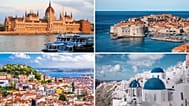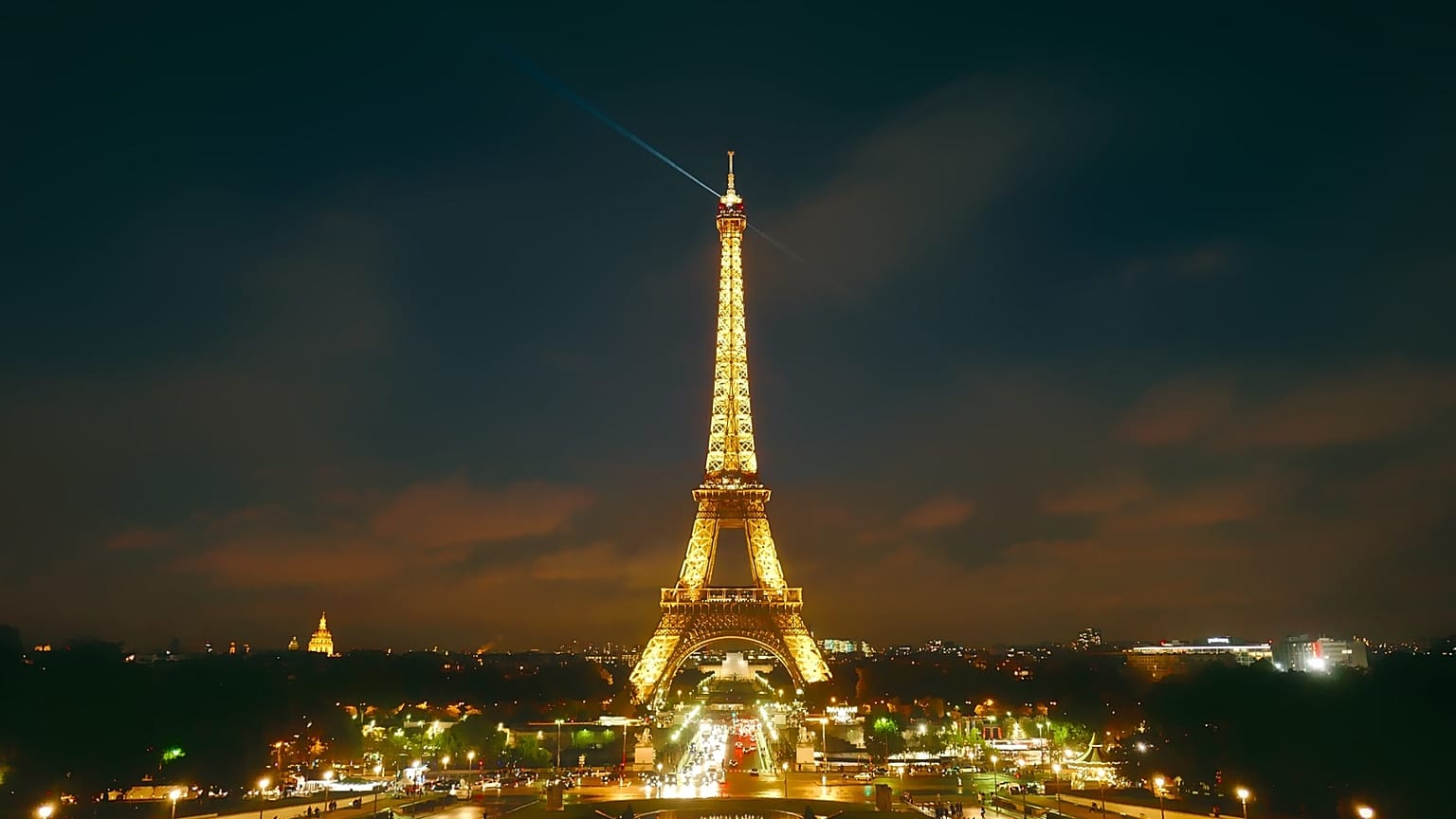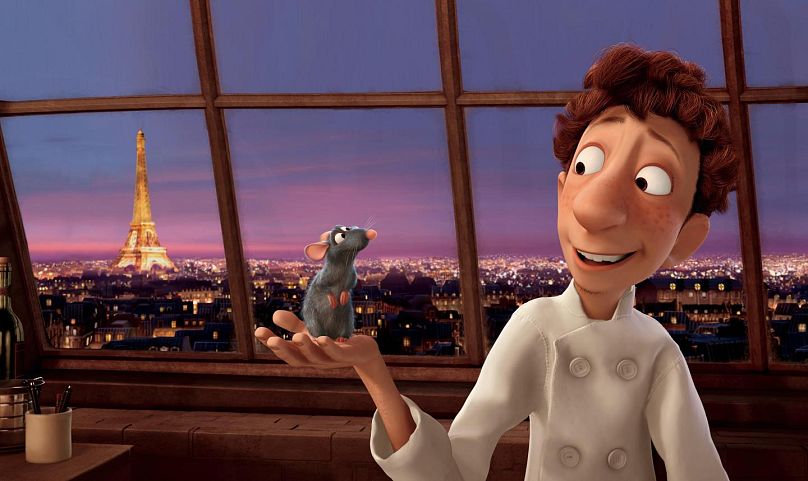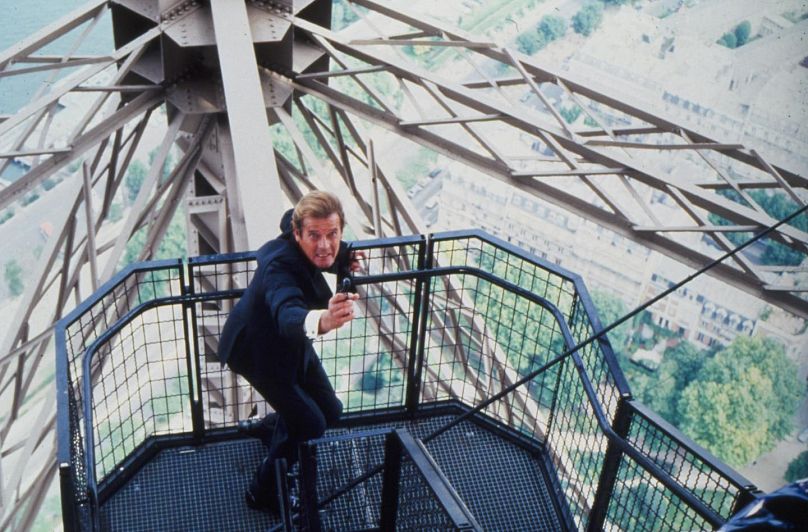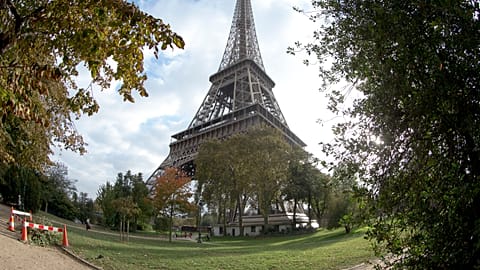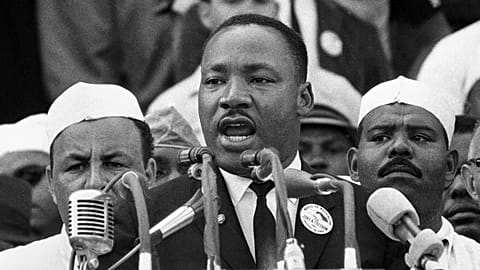It's the 134th anniversary of the Eiffel Tower's opening. To celebrate, we look back on its place in French culture.
31 March 1889: The Eiffel Tower opens
If a tree falls in the woods, and no one is there to hear it, did it make a sound? Similarly, if a film scene takes place in Paris, and the Eiffel Tower isn’t in the background of the shot, did the scene even take place in the French capital?
The answer to both metaphysical questions is no. Indelible from any living person’s vision of Paris is the city’s tallest structure. Designed by Maurice Koechlin and Émile Nouguier, two employees of Gustave Eiffel’s engineering firm, it was, of course, originally only meant to be the centrepiece to the 1889 World’s Fair.
Construction began on 28 January 1887 and was finished just over two years later 15 March 1889. At 330m tall, it was the tallest man-made structure on Earth when it was completed. It took until the completion of the Chrysler Building in New York in 1930 for the tower to lose its status.
Today, the tower is the most visited monument with an entrance fee in the world and attracts millions of tourists every year. Its status as an icon of France is indisputable, the design has influenced many other similar towers, from Blackpool and Tokyo, to imitations like at the Paris Las Vegas Casino.
But it hasn’t always been a welcome part of the Parisian skyline. In 1887, artists, writers and political thinkers came out in protest for the proposed structure. “Protest against the Tower of Monsieur Eiffel” was published in Le Temps newspaper with over 300 signatures
“To comprehend what we are arguing one only needs to imagine for a moment a tower of ridiculous vertiginous height dominating Paris, just like a gigantic black factory chimney, its barbarous mass overwhelming and humiliating all our monuments and belittling our works of architecture, which will just disappear before this stupefying folly,” the protest letter wrote.
Eiffel himself responded in the same newspaper, arguing that he as an engineer did care about adding beauty to the city. He advocated for the tower’s impression of strength and that “there is an attraction in the colossal, and a singular delight to which ordinary theories of art are scarcely applicable.”
At the time, the plan was to only keep the Eiffel Tower up for 20 years, to be dismantled in 1909. In fact, the competition that Eiffel’s design firm won to create the tower had stipulated it had to be easily dismantlable.
1909 came and went as it was realised the tower was a valuable tool for radio telegraphy. As transmitting technology was added to the tower, its place as a reliable part of the skyline was secured.
Today, the Eiffel Tower features as a cultural icon in its own right. First filmed by the Lumière brothers in 1898 for the short film Panorama during the ascent of the Eiffel Tower, it has featured in countless films since. Who can forget the tower’s prominence in the titles of legendary French new wave director François Truffaut’s debut film The 400 Blows?
It was also inevitable that international spy James Bond would have a high-adrenaline chase around the monument. That moment came with 1985’s A View to a Kill. More recently, it’s a key background player in modern classics Ratatouille and endless episodes of Emily in Paris.
Beyond film, the Eiffel Tower is also an emblem of Parisians' political feelings. To honour the first anniversary of Russia's invasion of Ukraine, the tower was lit in blue and yellow on the 23rd of February this year.



